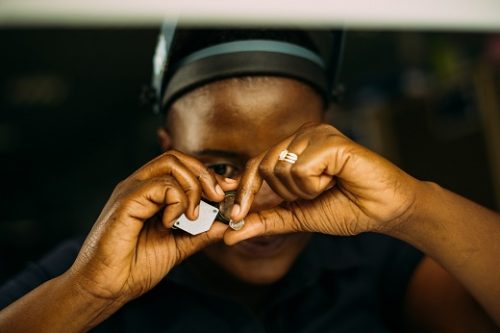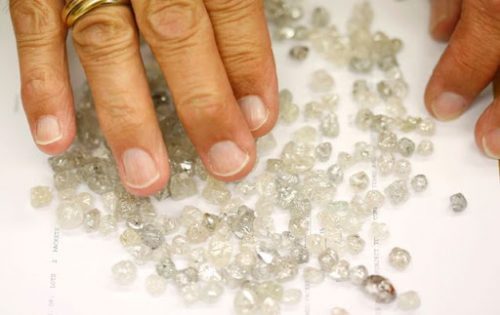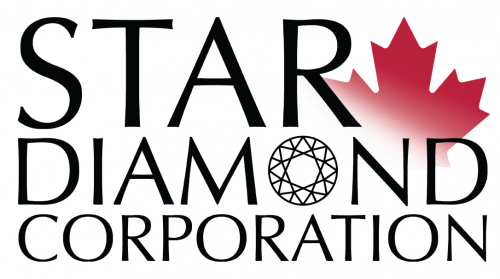
De Beers’ rough-diamond sales slumped to a 20-month low of $390 million in June amid weak sentiment in the manufacturing sector. Sightholders noted the price cuts De Beers implemented on certain categories were not enough to stimulate demand.
“The reaction to the price adjustments was lukewarm,” observed one Antwerp-based manufacturer who attended last week’s sale in Gaborone. “It’s a case of too little, too late, as polished prices have declined and we’re not seeing the same movement in the rough market.”
De Beers reduced prices by an estimated 4% to 8% on low-quality and smaller stones, sight participants reported. Sightholders who spoke with Rapaport News expected the company would need to make further cuts later this year, but recognized it was unlikely to do so at the next sight.
“We don’t expect a correction in July because that will start a downward spiral,” said one India-based sightholder. “But people will refuse goods. The mood is not good, even after this month’s reduction, as manufacturers are under pressure.”
High inventory
De Beers CEO Bruce Cleaver noted that rough buyers were cautious in June due to higher-than-normal polished-diamond inventories in the midstream. The sight was the lowest on record by De Beers since October 2017, and sales were down 33% compared to last June.
Manufacturers have cut production by an estimated 20% to 30% this year to reduce those inflated inventory levels, sightholders estimated. They’ve also shifted their production to lower-value goods to keep workers busy at a minimal investment, one India-based sightholder added.
As a result, De Beers’ sales declined 18% to $2.38 billion in the first half of 2019, while Alrosa’s rough sales fell 35% to $1.46 billion in the first five months of the year, according to Rapaport calculations.
Midstream pressure
Meanwhile, Cleaver also noted the challenging environment in China was affecting sentiment in the diamond market, while the US retail environment remained solid. Polished trading at the Hong Kong Jewellery & Gem Fair, which ended Sunday, was quiet, dealers noted. Attendance was down amid the mass protests that have taken place in the city during June, but also because Chinese buyers are not looking to make large purchases.
“People are hesitant to buy in a downward-trending market because they don’t yet see a bottom,” explained one Hong Kong-based polished dealer. “The mood is not good.”
US orders are more consistent, observed a Mumbai-based sightholder. US retailers are not making major orders, but he expects that will start to happen in the next month or two. Diamond trading generally remains quiet in July, when most US wholesalers close for the summer vacation.
“We expect the market will stabilize in late July,” he said. “But the problem isn’t from the retail side. It’s the business-to-business (B2B) trading that is low and the manufacturing sector that is under pressure. People don’t want to do business in the rough market.”
Source: DCLA









